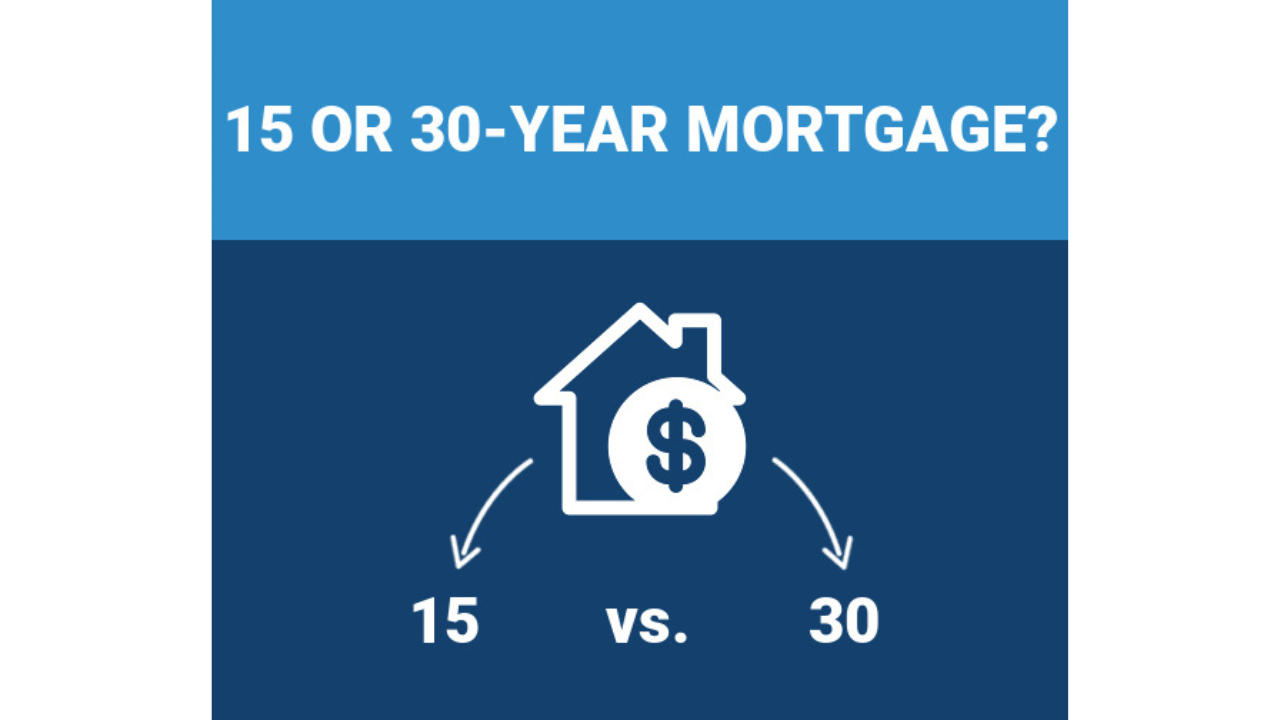15 or 30-Year Mortgage?

When financing a mortgage for your primary residence or rental property, you will need to choose the length of your debt repayment period. Most mortgage loans have a fixed (unchanging) interest rate for a term of 15 or 30 years. Although families often prioritize short-term affordability and total interest paid when comparing financing options, I would like to share a detailed breakdown of the variables I consider. Let’s get right into it!
For our analysis, we have decided to apply for a fixed-rate, $350,000 mortgage and evaluate the 15 and 30-year loan options provided by the lender:
A 15-year, $350,000 loan is offered to us with an interest rate of 2.625%. This loan requires 180 monthly payments of $2,354.41, with $73,794 of total interest paid ($4,920 annualized). When we add the original loan amount, the total cost of the mortgage is $423,794, which is 21% higher than the initial balance. Before adding home-related insurance premiums, taxes, and other housing costs, our fixed annual expense would be $28,253.
Alternatively, a 30-year, $350,000 loan is offered with an interest rate of 3.5%. The loan requires 360 monthly payments of $1,571.66, with $215,796 of total interest paid ($7,193 annualized). Adding the original loan amount, the total cost of the mortgage is $565,796, which is 62% higher than the initial balance and 34% higher than the 15-year alternative. The fixed annual expense would be $18,860, a third less than the 15-year option.
Simply put, the 30-year mortgage offers lower payments but accrues more interest due to its longer repayment period and higher interest rate. Having more current cash flow available for other spending and saving opportunities may be appealing.
If both mortgage options are objectively affordable, we may impulsively choose the shorter term with a $142,000 reduction in total interest, pushing aside the ‘pay off debt or invest‘ considerations for a moment.
Mortgage Flexibility
When considering a 15-year mortgage (and fixed expenses in general), I encourage families to consider the risk of reduced future income. Will this housing payment still be affordable in the event of job loss, medical emergencies, disability, and even increased lifestyle expenses? To reduce the possible burden of these financial risks, we can introduce a hybrid repayment scenario using the Mortgage Flexibility Calculator!
By simply entering our mortgage loan amount and interest rate options, we can compare three repayment scenarios in greater detail. We can review the discussed 15-year and 30-year mortgage options, including their respective payments and total interest when paid minimally. The third scenario is a hybrid, choosing the 30-year mortgage but intentionally paying off the loan in 15 years.
In this scenario, we would make higher payments than with the 15-year mortgage (due to a higher interest rate) but have the flexibility to scale back and make only minimum payments when emergencies or opportunities arise. This ability to reduce monthly payments by $930 comes at a cost due to the higher interest rate on the 30-year loan. This cash flow flexibility costs $148 per month, totaling $26,582 over the 15-year expected repayment period. To rephrase, we would pay $148 per month for the flexibility to switch back to the 30-year mortgage with minimum payments. The spread between interest rates (2.625% vs. 3.5%) dictates the cost of flexibility. If the interest rates were the same, we would choose the 30-year mortgage regardless of our desired repayment period. Your offered interest rates may vary.
How to Measure Twice® and Keep Finance Personal®
Before committing to any financing decisions, review your current and anticipated sources of income, also considering any risks that may reduce or eliminate them. Will the 15-year mortgage payment remain affordable in the event of a financial emergency, such as income loss? Would you have unrestricted access to other funds to support these fixed expenses?
If you decide to make minimum debt payments to increase your spending or investments in other areas, develop and implement a disciplined strategy to align your behaviors with your thoughtful decisions. Most families who decide to invest the rest do not automate or track implementation over time, simply spending the rest with borrowed funds.
Discuss the importance of cash flow flexibility with your family, and enter your own financing options into the Mortgage Flexibility Calculator above! Also, learn how to review your mortgage statement and think about money in terms of time. Seek to align your financial decisions with your family’s unique values and desired outcomes.

